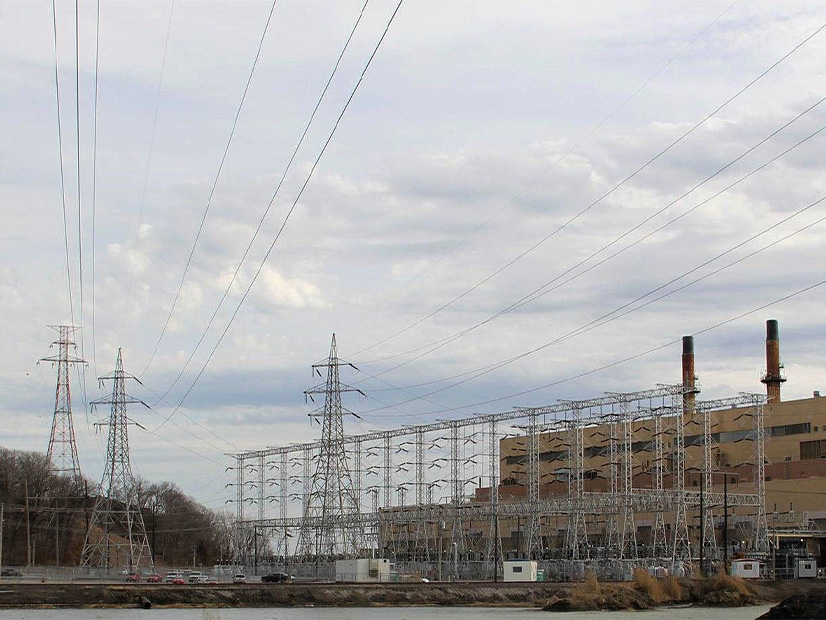FERC on Monday approved MISO’s request to raise its four-step operating reserve demand curve’s (ORDC) lowest level from $200/MWh to $1,100/MWh, agreeing with the RTO that the final step is probably priced too low to entice generating resources (ER21-2797).
MISO’s ORDC is based on a $3,500/MWh value of lost load (VoLL) and begins at $3,300/MWh. It drops to $2,100/MWh for much of the curve when the RTO clears 8% of its requirement level. At 89%, the level falls to $1,100/MWh, remaining there until 96% or more of the requirement is cleared and the curve flattens at $200/MWh.
The fourth step will be raised to equal $1,100/MWh, better reflecting the cost of emergency actions necessary to meet reserve shortages.
In its filing, the RTO said the $200/MWh step undervalued reserve shortages and led to “inefficiently low prices that did not send signals to resources that may be expected to respond in future shortage conditions.”
FERC agreed that the $200/MWh price might not send appropriate signals to resources “and could lead to procurement of reserves below system need.”
MISO staffers have said the $200/MWh value was set before the grid operator had established emergency pricing. They have long said the starting point should be raised to reflect the value of energy in scarcity conditions.
The change should help raise the grid operator’s emergency prices, which MISO’s Independent Market Monitor has long criticized as too low. The IMM has called for an operating reserve demand curve that eradicates the step-based pricing in favor of gently sloped descent from a much higher starting point of about $10,000/MWh.
MISO has said it doesn’t plan to address raising its VoLL value until 2023 or later.




